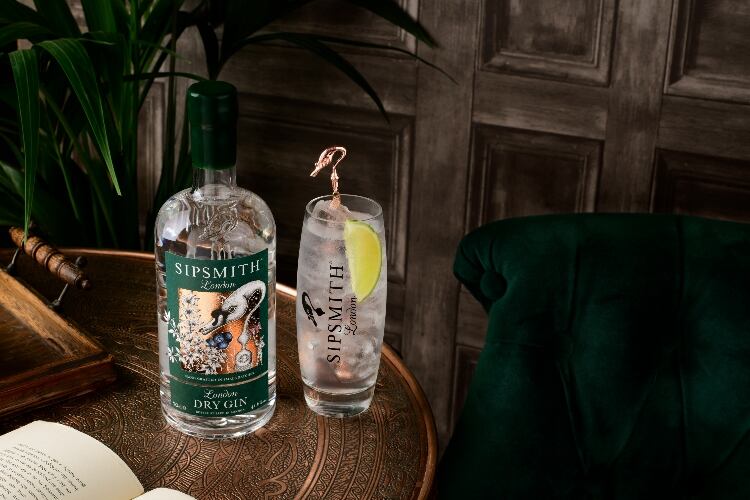It’s impossible to scroll through a social media feed, be it Facebook, Instagram or Twitter, without seeing advertisements. But they take different forms, so they are sometimes hard to spot. Promoted posts are obvious and usually marked as such, traditional brand marketing is common, but a whole new source of ads has taken shape over the last decade: influencers.
How did we get here?
Influencers differ distinctly from celebrity campaigns that have been used to sell products and services in TV and radio commercials for decades, because influencers aren’t celebrities in the traditional sense. They are born from the internet and build their fanbase through strategic posts, follows and digital interactions and are typically paid to promote certain products.
The first hint of the influencer craze began with bloggers in the mid-2000s who mainly stuck to fashion inspiration and sharing recipes. The evolution of social media from MySpace all the way to Instagram affected the way influencers operated and formed brand connections.
Today the use of hashtags, account tags and geotags makes it easier than ever to follow along with particular narratives on social media, keeping consumers close to their favorite, people, brands or personalities on the platforms.
Follower count is the main driver behind influencer brand deals, with the top accounts receiving free products as well as a paycheck in exchange for posting mentions or reviews. Both YouTube and Instagram are ideal vehicles for content regarding food, personal care, apparel, makeup, toys, gaming and entertainment items.
Intersecting spirits
The craft spirits sector – which to date has been slower to tap into the influencer opportunity – is now waking up to how influencers can work for their category. UK-based Sipsmith pioneered London’s gin revolution in 2009 by opening the first copper gin distillery in the capital in 200 years. It influenced a change in local legislation to allow the making of gin within London city limits.
And now it’s pioneering the use of influencers for craft spirits promotion. Sipsmith partnered with Traackr, a company that specializes in pairing brands with relevant influencers of all industries. In their partnership, Sipsmith has found a collection of passionate gin enthusiasts to help advertise their independent business throughout London.
Before Sipsmith built a network of social media fans from influencers, it relied completely on word-of-mouth promotion through the original spirits influencers: bartenders. It didn’t have the money for advertisements on TV or in magazines. It just had the advocacy of the bartender at the Dorchester Hotel, Sipsmith’s first account in London.
In 2018, Sipsmith still relies heavily on bartenders to recommend its gin. But now it also invests in creating experiences for its network of influencers to enjoy the products, craft content and share it with their followers.
Long-term relationships
Sipsmith’s Instagram has more than 55,000 followers and the #Sipsmith hashtag returns more than 33,000 posts on the platform, a substantial social media presence for a brand less than 10 years old. The man behind it all is Rob Warren, Sipsmith’s social media manager.
He credits the brand’s success with making sure they never simply pay influencers for posts, and rather form connections with people who already have a passion for gin and knowledge of the spirit. They design environments and experiences for the influencers, like seasonal drinks at themed locations, to foster organic and original content that doesn’t read like a paid sponsorship.
Sipsmith found the value in developing lasting relationships with smaller influencers that the public trusts for recommendations, rather than another #ad post from a minor celebrity in their newsfeed.
Warren and the team have seen the effects firsthand, armed with anecdotal evidence that new customers are flocking to the brand after seeing a Sipsmith post. He has also seen fellow craft distilleries follow their example and start hiring influencers of their own.
With bigger brands getting into the influencer business that are able to spend a lot of money on short term sponsorships that may backfire, Warren says it’s important that Sipsmith remains true to its model without getting swept up in the competition.
“I think the industry is 100% waking up to the fact that this is going to be an essential avenue moving forward … We have a really good holistic understanding that it is working,” Warren said.

